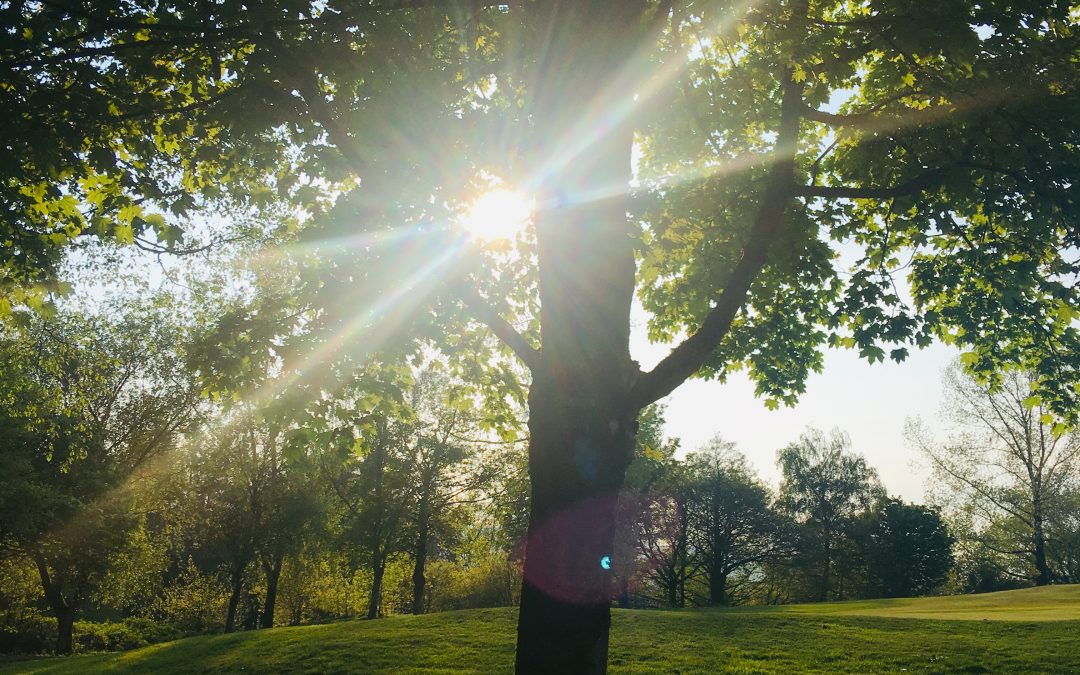In yoga classes and workshops, I emphasise that yoga is so much more than the physical practice of asana (postures). True yoga is a way of life – not just something we do for 90 minutes a few times a week to stretch and tone our bodies.
Maharishi Patanjali mapped out the entire system of yoga around 400 CE. This system became known as the Eight Limbs of Yoga as it is arranged in eight parts. It is also referred to as Ashtanga yoga – not to be confused with Ashtanga Vinyasa, a dynamic style of yoga popularised by K Pattabhi Jois of Mysore.
The Eight Limbs of yoga, or Raja yoga as it’s also known, has become the path chosen by those seeking a lifestyle that cultivates a deep respect for self, others and the world we live in. Raja yoga is the path of self-discipline, practice and right action.
The Eight Limbs of Yoga as defined by Patanjali is often depicted as a tree. The tree metaphor conveys beautifully how the eight steps provide a systematic and holistic path to attain inner peace, clarity, self-control and realisation of one’s true Self.
The Yamas are the roots of the tree. They provide the foundation for living honourably and with clarity and authenticity. The 5 Yamas enable us to live in harmony with the world around us.
Ahimsa (Non Violence, Kindness & Compassion)
Ahimsa is the abandonment of violence in all forms – towards ALL living beings and also in the treatment of ourselves.
Satya (Truthfulness)
Satya is the total commitment to truth – in our intentions, words and actions.
Asteya (Non Stealing)
Asteya is the abandonment of all intentions to possess or steal what doesn’t belong to us, including claiming others’ efforts and ideas as our own.
Brahmacharya (Self Restraint)
Brahmacharya is the right use of energy and the ability to exercise restraint from excessive sensual pleasures.
Aparigraha (Non Greed/ Generosity)
Aparigraha is the abandonment of greed and possessiveness. Aparigraha invites us to let go of our need to “cling” onto possessions, people and outcomes and live from a place of acceptance and generosity.
If the Yamasa are the ‘roots’, the Niyamas are likened to the trunk of the tree. They are internally focused on our relationship and harmony with ourselves.
Let’s explore the 5 Niyamas in more detail.
Saucha (Cleanliness/Purity)
Saucha isn’t just the cleanliness of our physical body. Saucha involves becoming more selective about what we consume and allow into our body, mind and external environment and rejecting what isn’t conducive to our growth.
Santosha (Contentment)
Santosha is about learning to be grateful for our blessings rather than focusing on what we don’t have.
Tapas (Self Discipline)
Tapas involves exercising discipline in all areas of our life which cultivates strength in body and mind.
Swadhyaya (Self Study)
Swadhyaya involves observing our inner state (our thoughts, intentions and actions towards others) and being aware of what is happening inside ourselves.
Ishvara Pranidhana (Surrender to the Divine)
Ishvara Pranidhana enables us to let go of ego identities and surrender to our highest self so that we can walk the path that is in alignment with our soul’s true purpose.
Asana (Postures)
Asanas are represented by the branches of the tree. the physical practice of yoga asanas enable us to cultivate strength and flexibity in our body and mind. The main aim of asana is to develop the strength and flexibility to be able to meditate with comfort and ease. It’s not about mastering the handstand!
Pranayama (Breath Control)
Pranayama is likened to the leaves of the tree and enables us to learn how to draw in and harness the life force energy (prana) through conscious breathing.
Pratyhara (Sense Withdrawal)
Pratyhara is likened to the bark of the tree. It helps to protect us from the harmful outer elements and stop our life force energy from flowing outwards. Pratyhara involves drawing our awareness inwards.
Dharana (Concentration)
Dharana is like the sap of the tree, the ’juice’ which carries our vital life giving energy (prana) around our entire being. Practising asana helps to develop dharana through coordination of the breath, body and mind and use of drishti (gaze points) to maintain balance.
Dyana (Meditation)
Dyana is like the flowers on the tree. The flowers bloom as we develop in our practice of the 8 Limbs of yoga. Meditation helps us to quieten the mind and see beyond our ego identity and programming to reconnect with our true selves and universal consciousness.
Samadhi (Bliss/ Oneness)
Samadhi is the fruit on the tree and represents the state of complete joy, peacefulness and connection that is our true divine nature.
Curious to learn more? Check out the link below to learn more about living the Eight Limbs off the mat.

